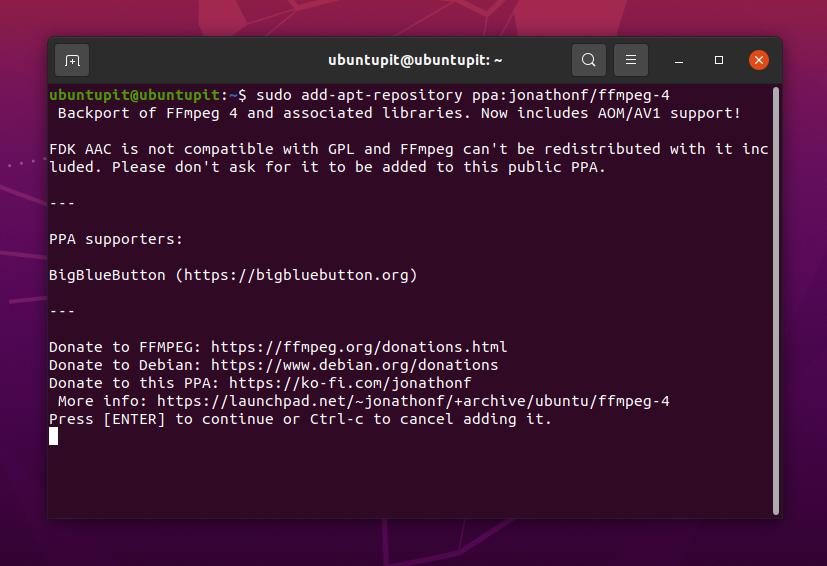

For that reason alone I wouldn't be surprised if wasm became the default recommended way to ship native modules with node soon at least for modules which aren't super performance sensitive. With wasm its just, compile once, run anywhere.

This is a huge pain when publishing an npm module. With napi you need to compile your code separately for every operating system and CPU architecture pair you want to support. Though depending on who you ask, this might be a feature.īut wasm works everywhere - including in the browser, and from Python and Go. Wasm code also can't access the native system level stuff - so, no filesystem access, no kernel APIs, etc. Wasm compilers solve it for you - but usually by adding a big chunk of generated JS.īetween that and the VM slowdown, the code I've been working with lately, wasm ends up about 3x slower than when I just run it natively. Even just moving data across the wasm-to-javascript divide is a hassle. All of this stuff is (currently) way more awkward from wasm. So, you can create native javascript objects from native code, attach custom (hidden) properties to existing JS objects, interact with the prototype chain, create promises, make native functions which call C directly, etc. It allows you talk to V8 & interact with javascript objects directly. Napi (node js's native api) is a much richer API. New ffmpeg('/path/to/your_movie.I had a back and forth with some node developers on github a few years ago about this. To start using this library, you must include it in your project and then you can either use the callback function or through the promise library: var ffmpeg = require('ffmpeg')

You can install this module using npm: npm install ffmpeg To use this library requires that ffmpeg is already installed (including all necessary encoding libraries like libmp3lame or libx264) This library provides a set of functions and utilities to abstract commands-line usage of ffmpeg.


 0 kommentar(er)
0 kommentar(er)
